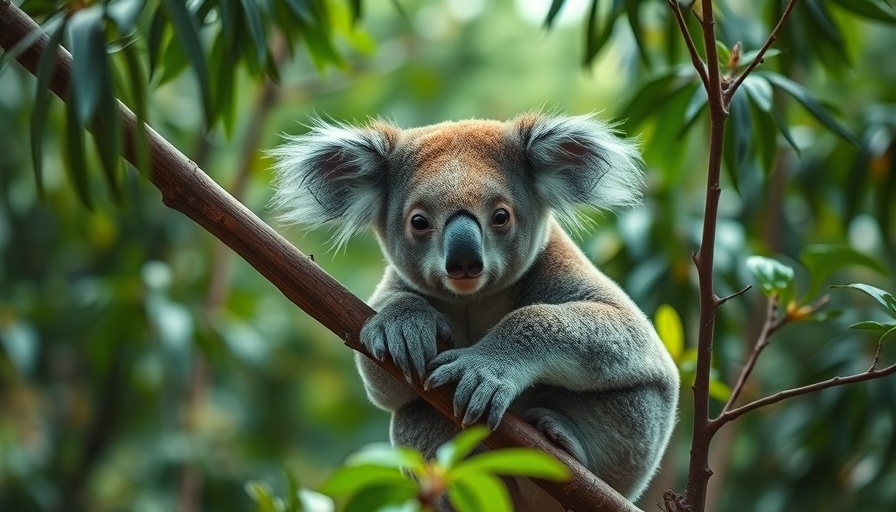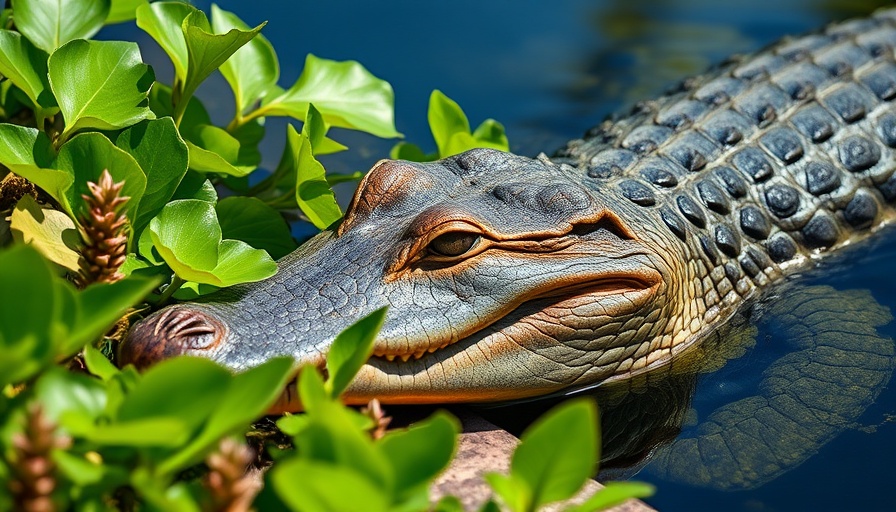
Coalmine Expansion Threatens Irreplaceable Koala Habitat
In an alarming move, plans to expand a coalmine in Queensland risk bulldozing vital habitat for a threatened population of koalas, known for being both nationally significant and genetically distinct. Activists from the campaign group Lock the Gate employed advanced drones equipped with thermal imaging technology, discovering a remarkable 13 koalas in trees identified for removal by mining company Glencore.
Impact of Habitat Loss on Koalas
Glencore's proposal seeks to clear approximately 680 hectares of land, with 600 hectares directly impacting prime koala territory adjacent to the Hail Creek mine, located west of Mackay. According to Maggie Mckeown, Lock the Gate’s Queensland coordinator, this undertaking threatens the very survival of the local koala population. The recently elevated status of koalas to endangered—following their numbers in key areas falling by half in just two decades—underscores the severity of the situation.
Scientific Concerns Surrounding the Mine Expansion
Experts raise significant concerns about the impact of such extensive land clearing on the health of the koala population. Dr. Bill Ellis, an authority from the Koala Ecology Group at the University of Queensland, expressed skepticism about proposed mitigation measures such as habitat offsets. He emphasized that increasing traffic, particularly on the perilous Peak Downs Highway, poses additional risks to koalas prone to vehicle strikes. Drones recently confirmed the health and density of this koala enclave, adding urgency to the call for protective measures.
Environmental Assessments and Community Response
Reports prepared by Glencore's consultants concede that the anticipated environmental impacts from clearing are “unavoidable,” leading to significant adverse effects on habitats critical for survival. In addition to koalas, about 600 hectares of habitat for the vulnerable squatter pigeon would also be at risk if plans proceed. Activists, including representatives from the Queensland Conservation Council (QCC) and Mackay Conservation Group, have urged the federal environment minister to pause any development applications in the region until a thorough investigation of the koala population is completed.
Climate Change Links: The Broader Picture
Beyond the immediate habitat concerns, experts have highlighted that the mine's operations contribute significantly to greenhouse gas emissions. Recent studies indicate methane emissions from the Hail Creek mine may be underestimated, prompting calls for greater scrutiny of coal mining's long-term impact on climate and regional biodiversity.
The Path Ahead for Queensland's Wildlife
The Queensland government is anticipated to announce a decision regarding Glencore's application to amend its state environmental authority by late 2025. For the koalas of Hail Creek and their guardians, time is of the essence. Information and advocacy efforts are geared toward preserving what remains of their habitat during an era of increasing climate vulnerability and habitat loss.
As this matter unfolds, it serves as a clarion call for the community to rally together in support of wildlife protection, ensuring that future generations inherit a thriving ecosystem. Only through collective action can we protect endangered species like the koala and combat the broader implications of climate change.
Reinforcing protective measures now not only secures the immediate habitat but also fosters a healthier environment for all species that share this land. Educating ourselves and advocating for sustainable practices can be our contributory step toward ensuring wildlife safety.
 Add Row
Add Row  Add
Add 




Write A Comment